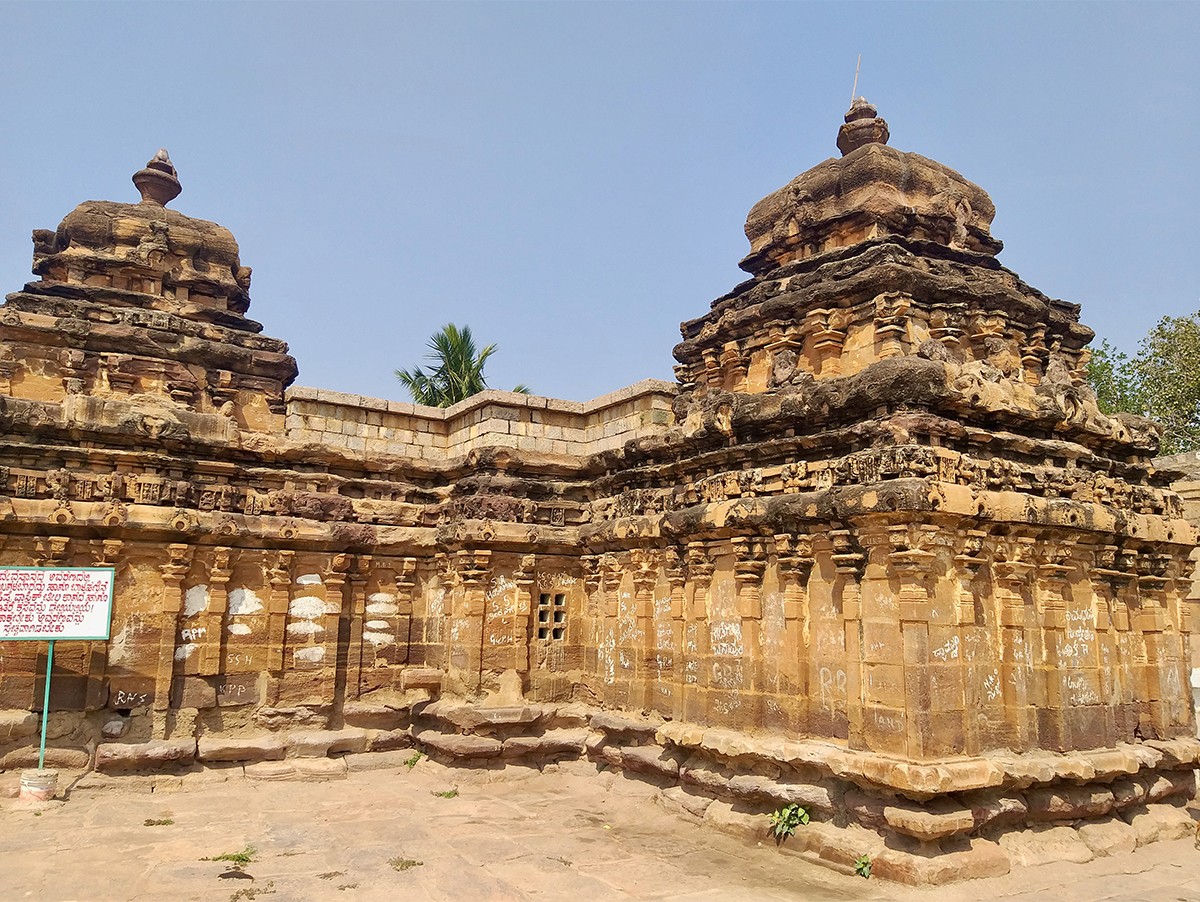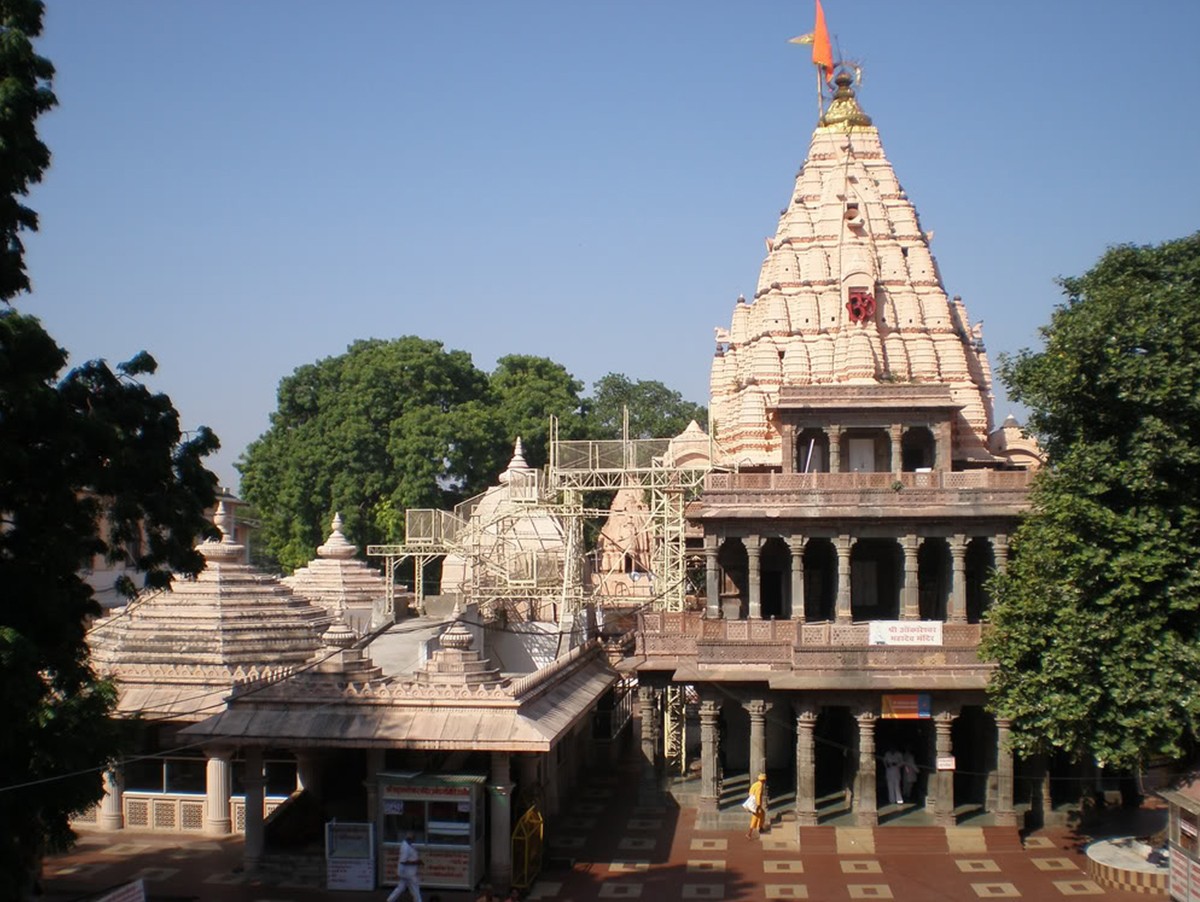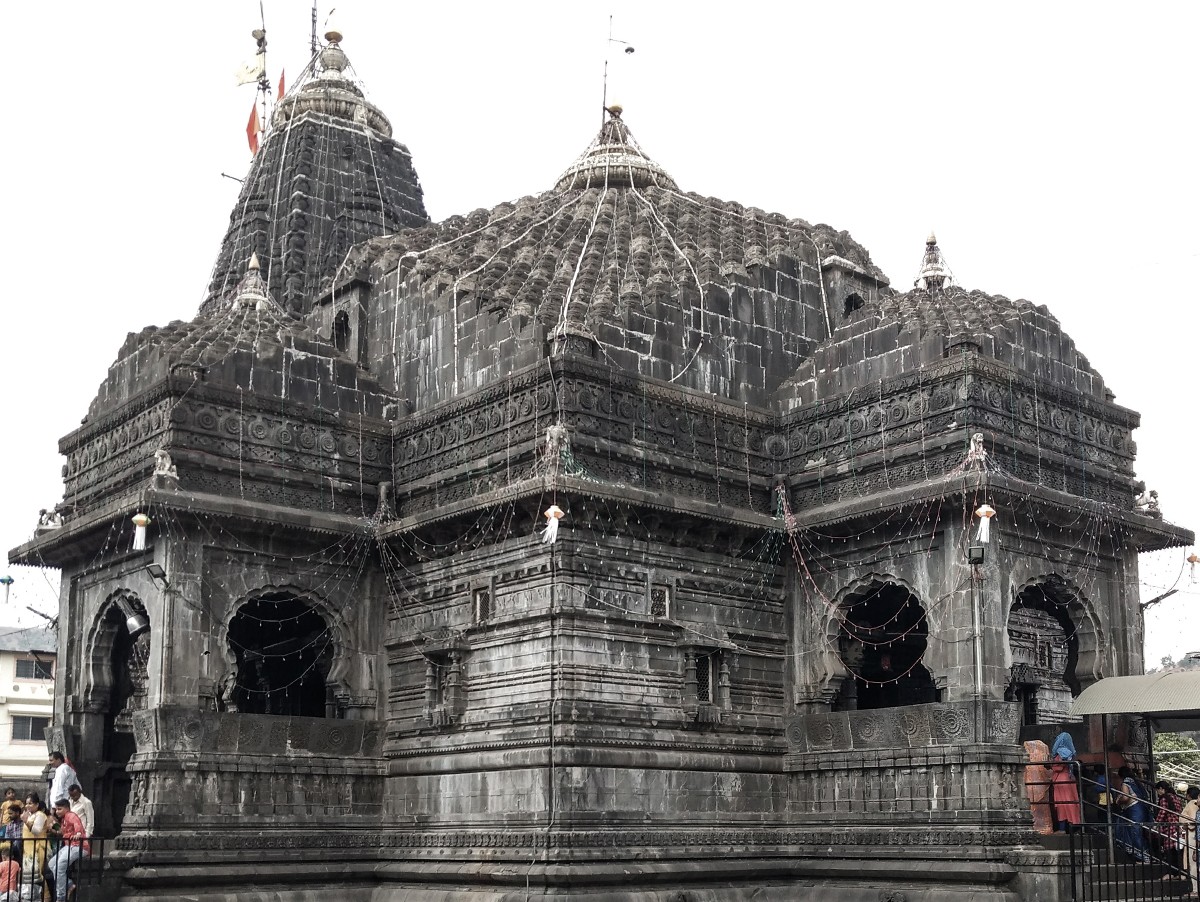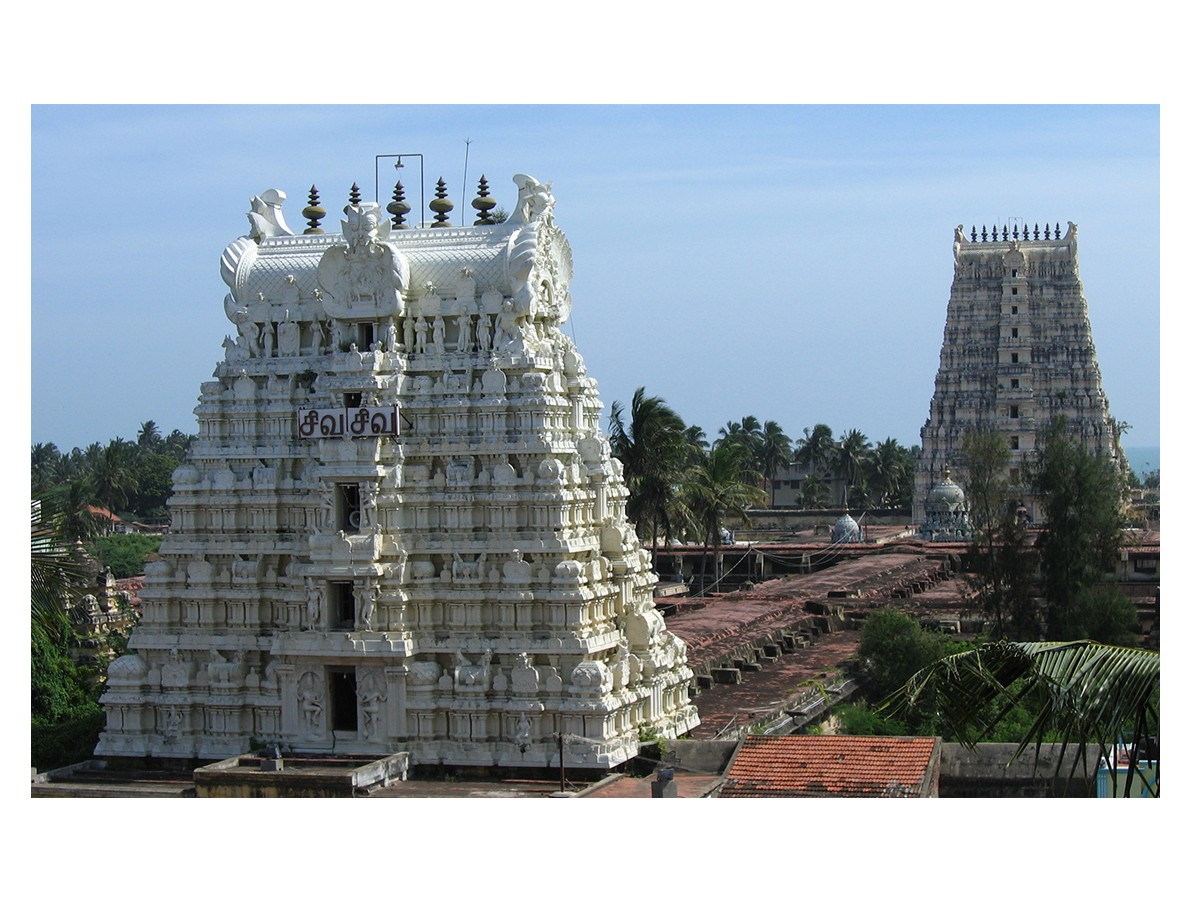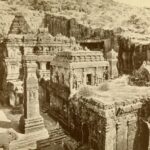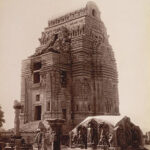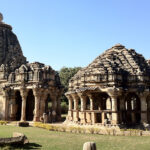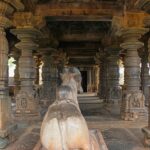The Rashtrakutas Conquer the Deccan; Courts Patronise Vernacular Literature
810–970 CE
By the ninth century, the Rashtrakutas are western and central India’s dominant power, intervening in the Pala-Pratihara struggles in northern India and dynastic struggles along the eastern coast, and receiving tribute from as far away as present-day Sri Lanka. Under their patronage, the Karnata Dravida mode continues to evolve, and early ideas of pilgrimage networks such as the jyotirlingas (the twelve most sacred Shaiva temples) begin to crystallise. A major shift towards patronising courtly registers of vernacular languages such as Kannada also takes place, which manifests through court-commissioned translations and reworkings of the Mahabharata. Literary and archaeological evidence suggest a thriving trade with the Arabian Peninsula and beyond, especially in textiles and jewellery.
Bibliography
Singh, Upinder. A History of Ancient and Early Medieval India: From the Stone Age to the 12th Century. New Delhi: Pearson, 2016.
Sircar, Dineshchandra. Indian Epigraphy. New Delhi: Motilal Banarsidass, 1965.
Thapar, Romila. The Penguin History of Early India: From the Origins to AD 1300. London: Penguin Books, 2002.
Feedback 
This entry appears in
Art in South Asia
Visit Timeline
Associated Timeline Events
First Published: March 11, 2024
Last Updated: August 5, 2024



